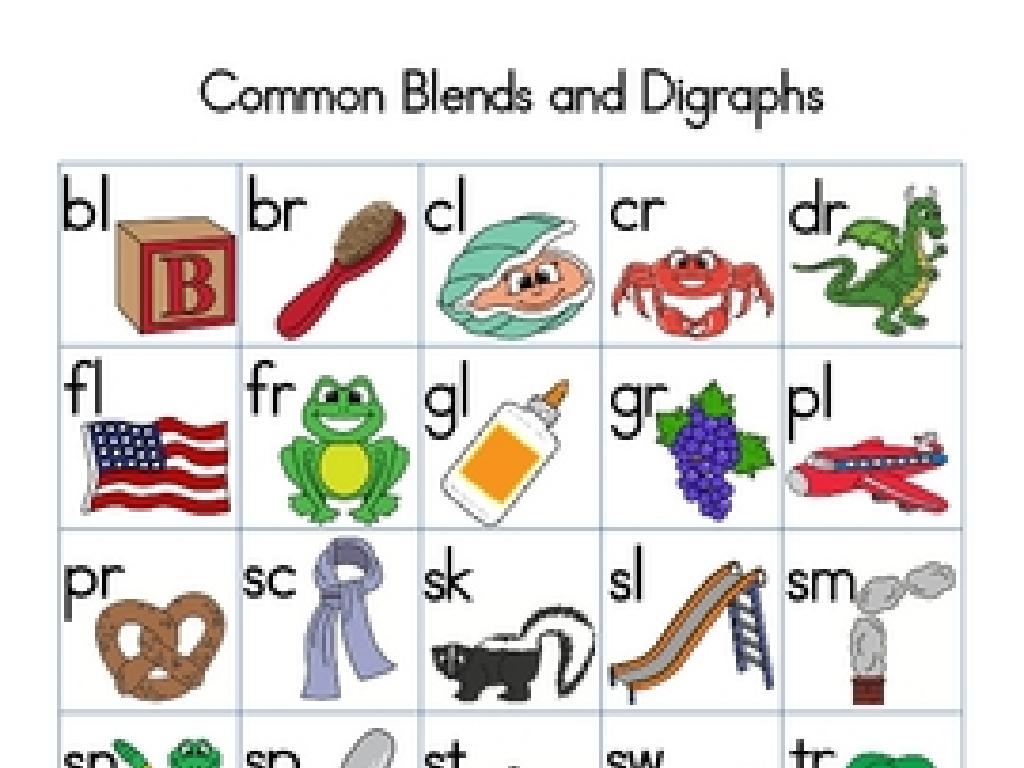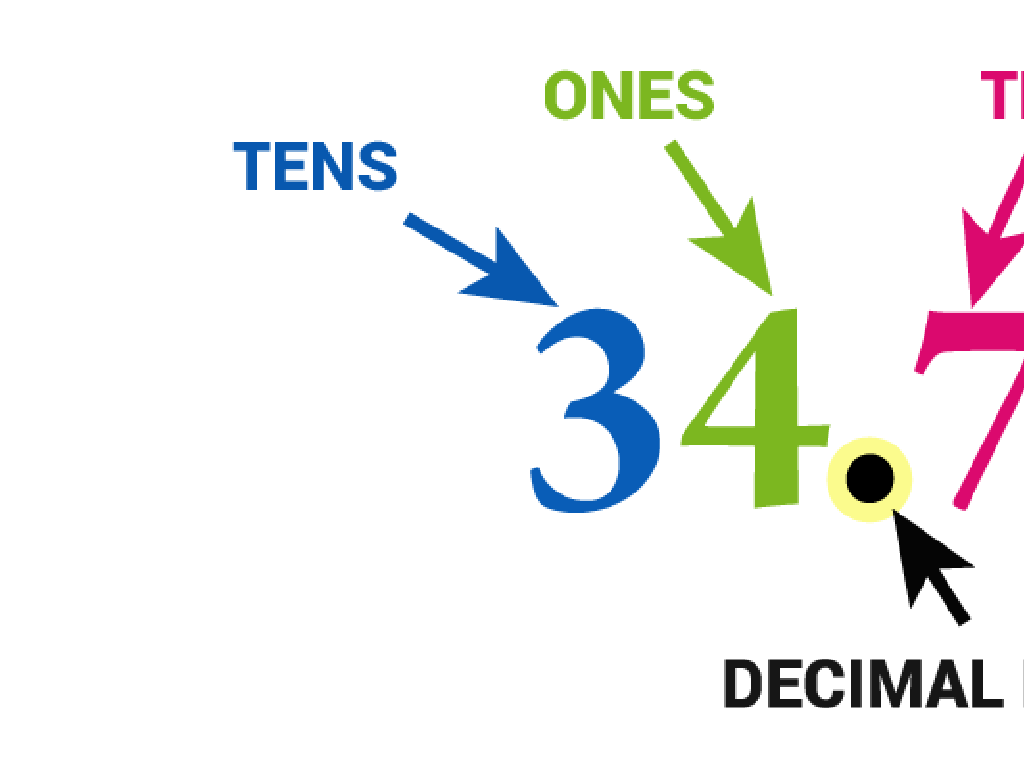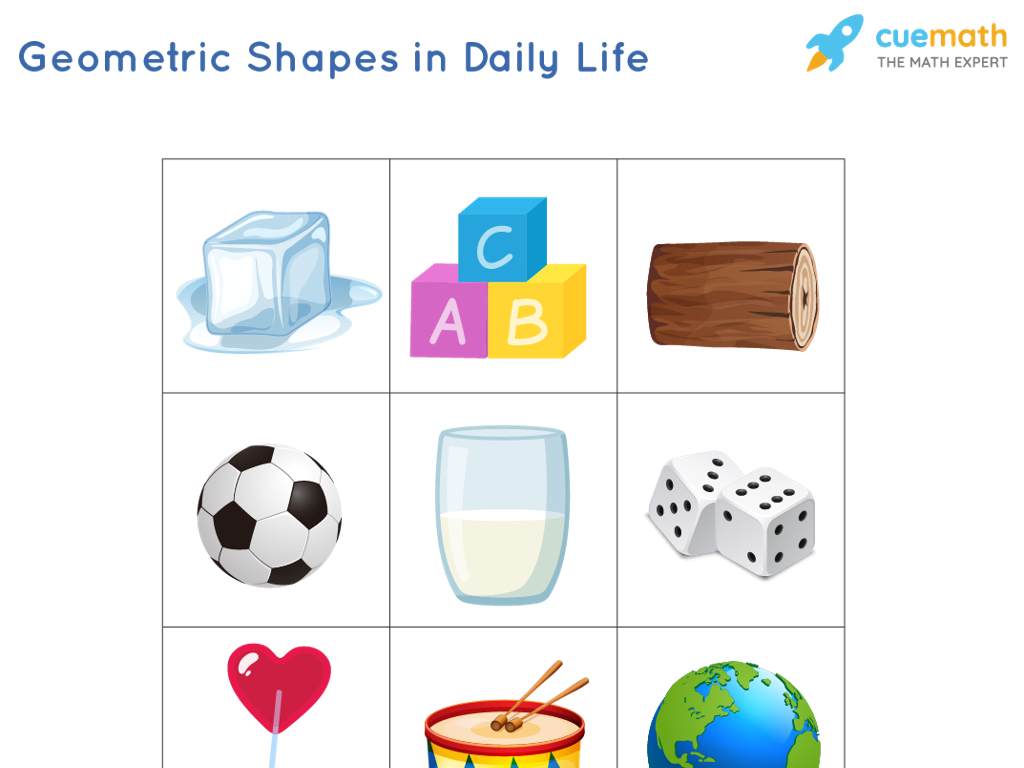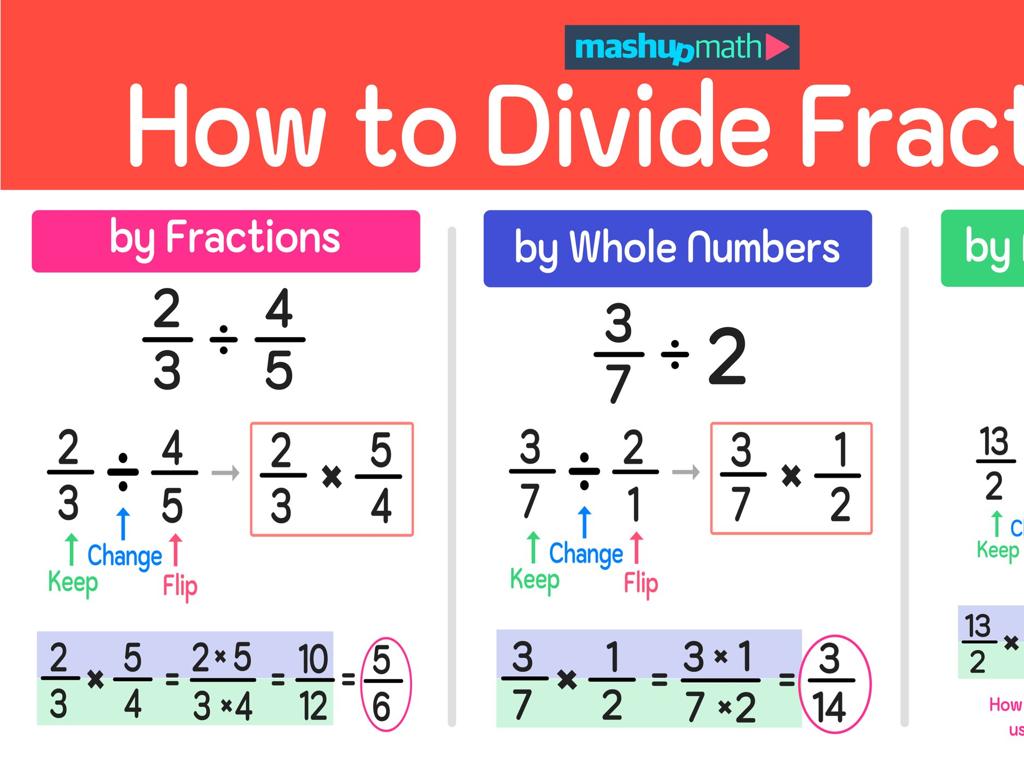Calculate Density
Subject: Science
Grade: Sixth grade
Topic: Matter And Mass
Please LOG IN to download the presentation. Access is available to registered users only.
View More Content
Introduction to Density
– Explore Matter and Mass
– Matter is anything that has mass and takes up space.
– Define Density
– Density is mass per unit volume, like g/cm³.
– Understand Density’s Role
– It helps predict if objects will float or sink.
– Real-World Density Examples
– Objects like oil and water show density differences.
|
Begin the lesson by discussing matter and mass, emphasizing that all physical objects have mass and occupy space. Introduce density as a measure of how much mass is contained in a given volume. Explain why density is a crucial concept, helping us understand phenomena such as buoyancy and the layering of substances based on their densities. Use everyday examples, such as the separation of oil and water, to illustrate how density affects the world around us. Encourage students to think of other examples where density plays a role in their daily lives. This foundational knowledge sets the stage for further exploration into the properties of matter.
Understanding Mass in Matter
– Mass: Measure of matter
– Mass is how much matter is in an object, not dependent on location.
– Measuring mass using scales
– Use a balance to measure how heavy something is.
– Common units: grams, kilograms
– Grams for small objects, kilograms for larger ones.
– Mass vs. Weight: They differ
– Weight is force of gravity on an object; mass is constant anywhere.
|
This slide introduces the concept of mass as a fundamental property of matter. It’s crucial to distinguish mass from weight, explaining that mass is the amount of matter in an object and remains the same regardless of location, whereas weight can change depending on gravity. Emphasize the use of a balance or scale to measure mass and introduce grams and kilograms as the metric units of mass. Provide examples of objects with known mass and encourage students to think of items they could weigh to practice measuring mass. Discuss why understanding mass is important in science, especially when studying matter and its properties.
Understanding Volume in Matter
– Volume defined
– Space that an object occupies.
– Measuring volume
– Use graduated cylinders or rulers for liquids/solids.
– Common volume units
– Liters, milliliters, cubic centimeters (cm³).
– Volume in everyday objects
– How much water a bottle can hold.
|
Volume is a fundamental concept in understanding matter and its properties. It refers to the amount of space an object occupies and can be measured in various units depending on the state of the matter (solid, liquid, gas). For liquids, we often use graduated cylinders to measure volume, while for regular-shaped solids, we can use mathematical formulas involving dimensions measured with rulers. Common units for volume include liters for liquids and cubic centimeters for solids. Relate the concept to everyday life by discussing the volume of water bottles, swimming pools, or even the air in a room. This will help students grasp the idea of volume as a three-dimensional space measurement.
Understanding Density
– What is Density?
– Density measures how much mass is in a given volume.
– The Density Formula
– Density = Mass divided by Volume (D = m/V).
– Interpreting the Formula
– Mass is how much matter is in an object; Volume is how much space it takes up.
– Units of Density
– Common units: grams per cubic centimeter (g/cm³) or kilograms per cubic meter (kg/m³).
|
This slide introduces the concept of density, a fundamental property of matter. Density is the amount of mass contained within a specific volume. The formula for calculating density is straightforward: Density equals Mass divided by Volume. It’s crucial to understand that mass refers to the amount of matter in an object, while volume refers to the space that object occupies. When discussing units, emphasize that density can be expressed in various units, but the most common ones in science are grams per cubic centimeter for solids and liquids, and kilograms per cubic meter for larger volumes or gases. Use examples like comparing a rock to a piece of cork – both may have the same volume, but the rock has a higher density because it has more mass.
Calculating Density with a Solid Object
– Example problem demonstration
– Steps to measure mass
– Use a scale to find the mass in grams (g)
– Steps to measure volume
– Measure volume by water displacement in milliliters (mL)
– Applying the density formula
– Use formula: Density = Mass ÷ Volume
|
This slide introduces students to the concept of density calculation through a hands-on example. Begin with a demonstration problem using a solid object, such as a cube or a sphere. Explain the process of measuring mass using a scale and recording the value in grams. Then, demonstrate how to measure the volume of the object by water displacement method and record this in milliliters. Finally, guide students through the density formula, Density = Mass ÷ Volume, using the measured mass and volume. Emphasize that density is a characteristic property of a material and does not depend on the amount of substance. Encourage students to practice with different objects to understand how density can vary between different materials.
Density Calculation Practice
– Find a block’s density
– Use formula: Density = Mass/Volume
– Calculate liquid density
– Measure mass and volume, then apply formula
– Compare material densities
– Use density to determine which material is denser
|
This slide presents practice problems to help students apply the concept of density calculation in different scenarios. Problem 1 involves finding the density of a solid object, such as a block, by measuring its mass and volume and then using the formula Density = Mass/Volume. Problem 2 challenges students to calculate the density of a liquid, which may involve using a graduated cylinder to measure volume and a scale for mass. Problem 3 encourages comparative analysis of different materials based on their densities, fostering critical thinking about why certain materials float or sink when placed in water. Provide guidance on measurement techniques and ensure students understand that density is a property that can help identify substances. Encourage them to discuss their results and observations.
Density in Real Life
– Understanding buoyancy
– Objects float or sink based on density compared to the fluid they’re in.
– Density’s role in nature
– Density explains phenomena like oil spills spreading on water.
– Industrial applications of density
– Density is crucial in manufacturing, e.g., choosing materials for flotation devices.
– Density’s impact on daily life
– Everyday examples: why ice floats in a drink, or why heavy objects may sink in water.
|
This slide aims to connect the concept of density with real-world observations and applications. Start by discussing buoyancy and why some objects float while others sink, which is a question of density relative to the surrounding fluid. Move on to natural occurrences, such as oil spills, where density plays a key role in the behavior of substances. Highlight how industries rely on density to make decisions about material use, especially in manufacturing products that must float or sink. Finally, relate density to everyday life situations that students can observe, such as ice floating in a glass of water or understanding why heavy items sink. Encourage students to think of more examples where they encounter density in their daily lives.
Class Activity: Density Experiment
– Gather materials for the experiment
– Follow the experiment instructions
Use the scale to measure mass and graduated cylinder to measure volume.
– Observe the results
Note which objects float or sink in water.
– Discuss: Why do objects float or sink?
Density = mass/volume. Objects with density less than water float, more than water sink.
|
This activity is designed to help students understand the concept of density through a hands-on experiment. Provide a variety of objects for the students to test, ensuring a mix that will both float and sink when placed in water. Students will use a scale to measure the mass of each object and a graduated cylinder to measure the volume of water displaced, which will help them calculate the density of each object. Encourage students to predict which objects will float or sink before placing them in water and then discuss the outcomes in relation to their density calculations. Possible variations of the activity could include using saltwater to show how increased water density affects buoyancy or comparing the density of different liquids.
Density: Conclusion and Recap
– Recap density concepts
– Density = mass/volume, a measure of how much matter is in a space
– Why density matters in science
– Density explains buoyancy, material properties, and more
– Q&A session
– Time to clarify doubts and solidify understanding
– Review key takeaways
|
This slide aims to summarize the key points of density, reinforcing the formula and its significance in various scientific contexts. Emphasize how understanding density helps explain why objects float or sink, the strength of materials, and is crucial in many scientific calculations. The Q&A session is an opportunity for students to ask questions and get clarification on any aspect of density they might not fully understand. Encourage students to think of examples of density in their daily lives and how it affects the behavior of substances. Conclude by reviewing the main takeaways to ensure students have a solid grasp of the concept.






